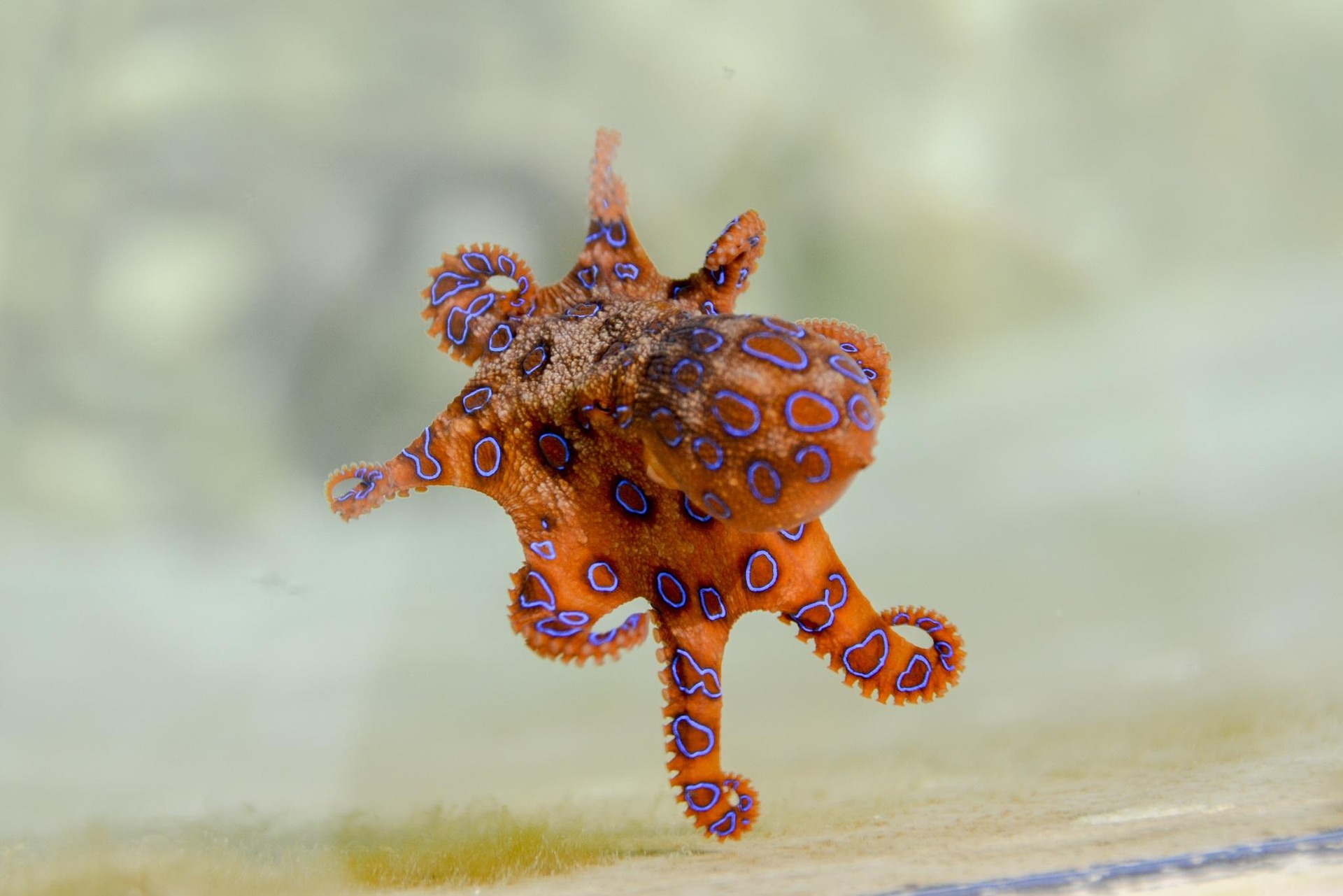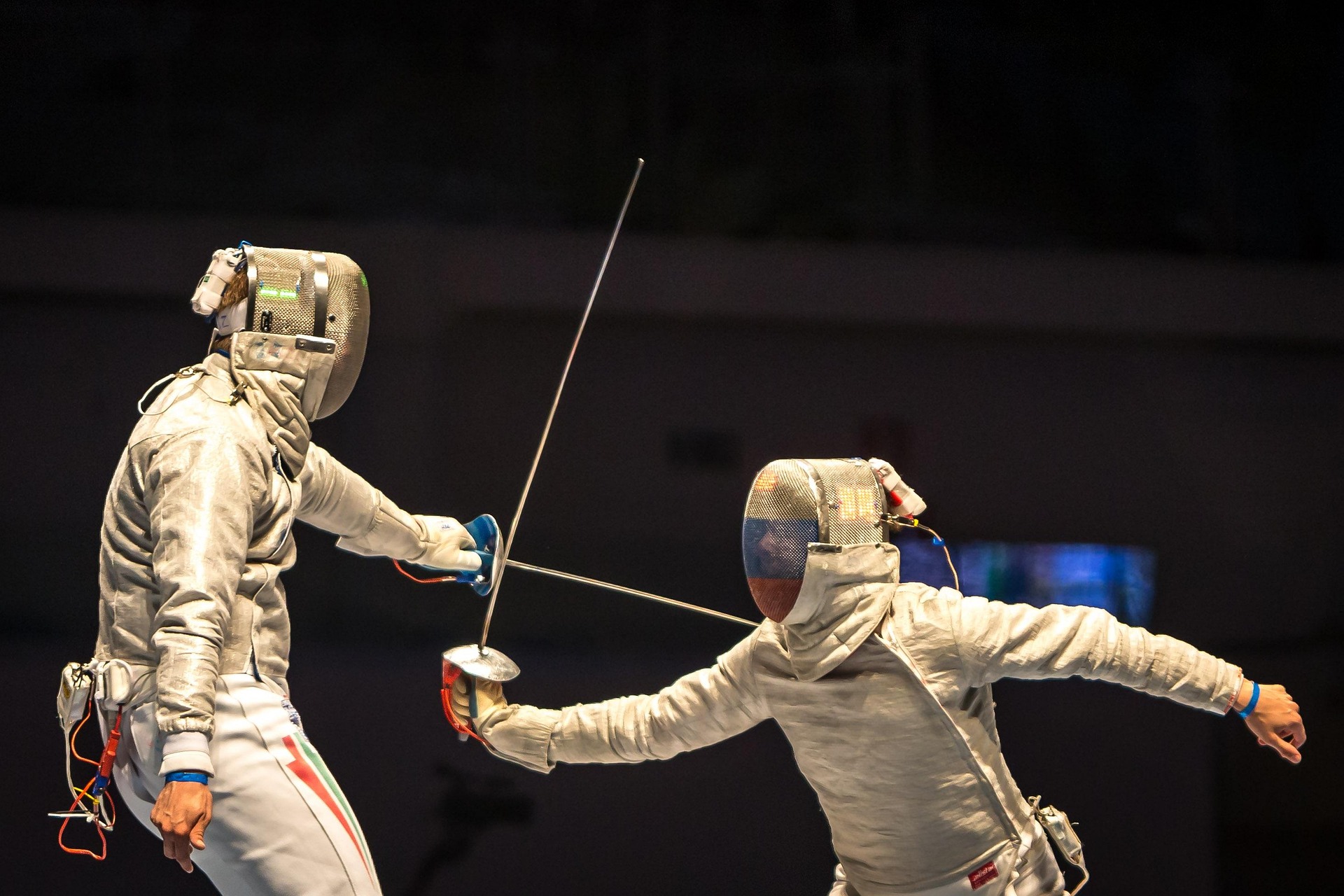Shifting Gears: The Intricate Dance of the Dual Clutch Transmission
Peering into the core of any automatic vehicle today, you might be privileged to witness a mechanical ballet of astounding sophistication. The star of this dance? The Dual Clutch Transmission (DCT). Today, we delve into the quirky past and astonishing present of this automotive marvel.

A Historic Trace of the Dual Clutch
The DCT’s roots extend to the Frenchman Adolphe Kégresse in the early 20th century. Initially devised for heavy-duty military machinery, the technology was too complex and costly for the contemporary car scene. It wasn’t until 1985, with Porsche’s epoch-making 962 racing car, that the DCT first showcased its true potential, solidifying its presence in the automotive world.
Dual Clutch Transmission: A Technical Symphony
A DCT merges the best of manual and automatic transmissions. It has two separate clutches: one for odd and the other for even-numbered gears. The DCT automatically pre-selects the next gear based on your current gear and driving conditions, guaranteeing swift, seamless gear shifts. This twin-clutch design bestows the DCT with the speed of a racing transmission and the comfort of an automatic, a harmony that’s a treat for both everyday drivers and automotive enthusiasts.
Putting the Pedal to the Metal: Current Trends and Applications
The DCT’s superior efficiency and performance has seen its usage rise in numerous performance cars, including BMW’s M series and several models from Audi. Beyond the luxury segment, automakers like Ford and Hyundai, too, recognize the DCT’s allure, incorporating it in their latest models. However, it’s not all roses. The DCT is expensive to produce, and integrating it into smaller, cost-sensitive cars continues to be a challenge.
Impacts and Implications: A Look into the Crystal Ball
The DCT’s contribution to a car’s dynamism and fuel efficiency embodies the push for more sustainable and enjoyable driving. While it may never completely replace traditional automatic transmissions—especially with the rise of electric vehicles—it likely holds a secure place in sports and luxury car segments. The major challenge, as with any innovative technology, is surmounting the cost barrier and making DCTs mainstream in all vehicle types.
The world of transmissions has come a long way from the clangs and jerky shifts of yesteryears. The dance of the Dual Clutch Transmission carries the rhythm of this march forward. Shrouded in metal and oil, this unassuming component is an unsung hero, playing an elegant symphony on every drive.




